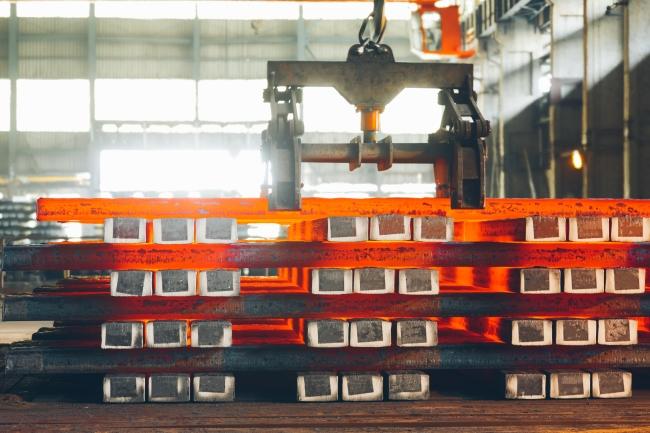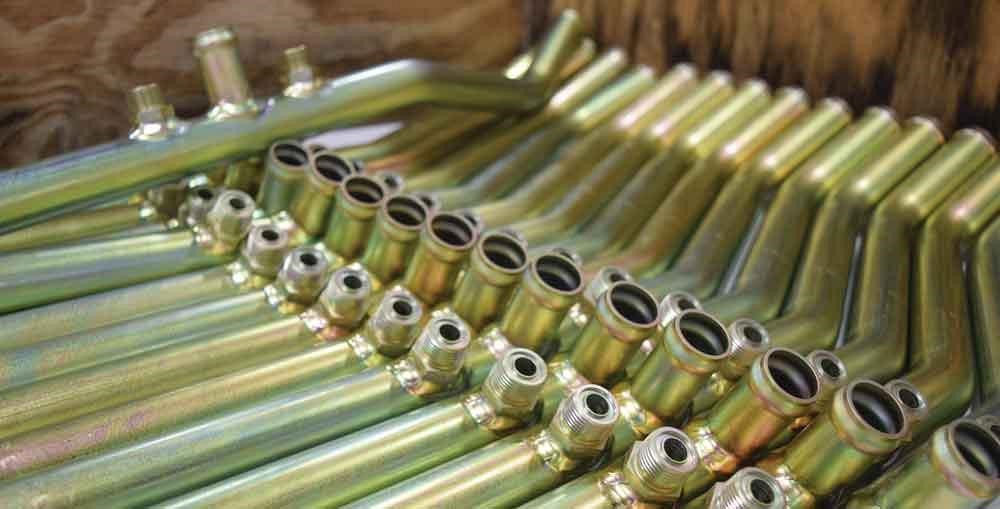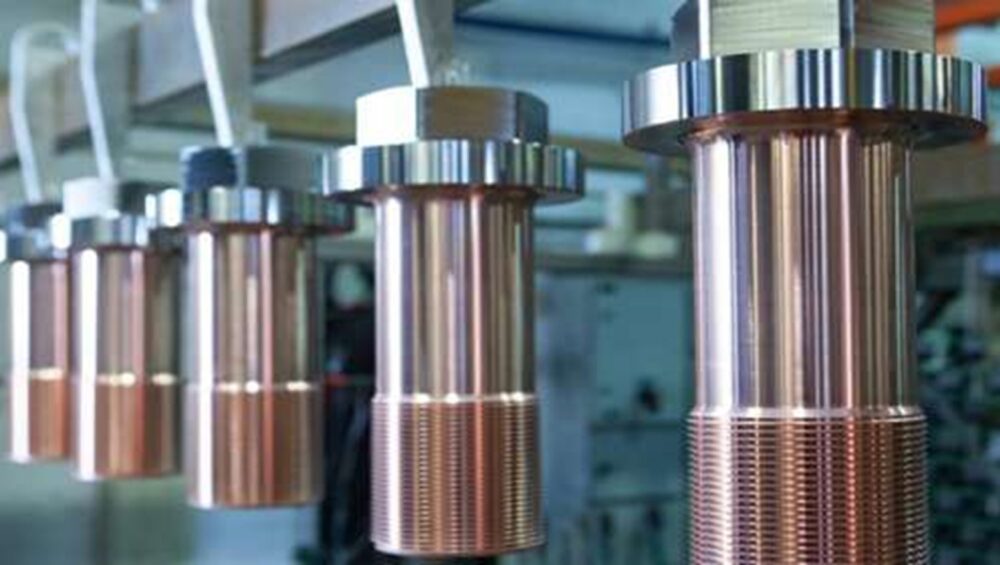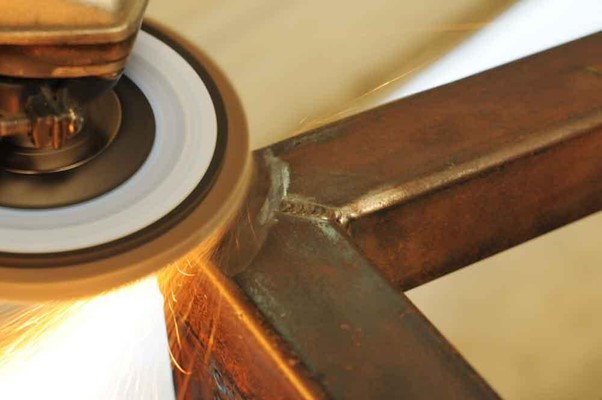There is a thin layer of gold put on top of another base metal during the gold plating process. In 1805 the famous Italian chemist Luigi Valentino Brugnatelli came up with this way to put a thin layer of gold or silver using electricity.
The gold plating in Ajman was mostly used for looks until recently. It was used to give jewellery, watches, and other things a more expensive look. However, gold plating is now used in many fields, such as electronics and aircraft.
How does it do its job?
Before we can better understand how gold finishing works, let’s look at what gold is made of.
It is a valuable metal, which means that gold doesn’t rust. It’s also a great conductor of electricity, which means it’s easy to connect and send electrical messages through it. Because of this, when gold is placed on top of another metal, it forms a barrier that keeps oxygen and other elements that break down metals from touching it. Because of this, gold plating is a great way to protect metals that are in harsh settings.
Also, gold is a great conductor of electricity, so it is often used to coat electrical contacts, like the ones in computer systems, to keep the flow of electricity smooth.
How Much Gold Is Needed?
The amount of gold used to plate an item is based on how thick of a gold layer is needed for that purpose. Microns are used to measure width, with 1 micron equal to 1000 mm.
In general, things that get worn down more, like jewellery that rubs against clothes, will have a stronger layer of gold than things that don’t get worn down as much, like electrical contacts that are used in a controlled environment.
This means that a piece of jewellery that is gold-plated would have a layer of about 1 to 3 microns, while an electrical connection would have a layer of about 0.1 to 0.3 microns.
From this, we can see that plating a piece of jewellery would need more gold than plating an electrical connection.
What are the process involved in Gold Plating?
As was already said, gold plating is the process of putting a thin layer of gold over another metal. It takes a lot of work to gold-plate something, even though that definition sounds easy. How about we take a better look?
Step 1: Get ready
Keep the area you want to gold plate clean and free of any oils, dirt, or other things that could get in the way. There are many ways to do this, such as with ultrasonic cleaners, alkaline cleaners, chemical cleaners, or just soap and water. It’s important to do this step to make sure that the gold sticks to the surface properly and to keep the plating tanks clean.
Step 2: Wash it off.
Remove any dirt or oil from the area you want to gold plate and let it dry completely before moving on to the next step. This gets rid of any cleaner material that’s still there and starts from scratch.
Step 3: Hit it.
A strike layer, or thin coating layer, of high-quality nickel, is put on top of the clean base metal in this step. This makes it easier for the gold to stick to the surface and also keeps it from tarnishing over time.
Step 4: Rinse again
After putting on the strike layer, rinse the surface with pure water to get rid of any dirt that might be there.
Step 5: Paint it on
Hang the metal you want to gold plate from a negative hook (cathode bar) and lower it into the gold solution. Make sure the temperature, time, and voltage are all set properly first.
When the metal is put into the solution, an electrical charge will be put on it. This will make the negatively charged metal attract the positively charged ions in the solution. The metal will get a tiny layer of gold on top of it because of this. You should know that the layer of gold will get thicker the longer you leave the piece in the solution.
Step 6: Do a third rinse.
Finally, give the gold-plated surface one last rinse with pure water to get rid of any dirt that might be there. Hang the piece up to dry completely.
For how long does gold plating very well?
There are a lot of things that affect the answer to this question, such as how thick the gold layer is and what the piece is exposed to.
In most cases, a gold coating that is thicker will last longer than one that is lighter. This is because the thicker layer can stand up to more damage, like wear and tear, corrosion, and chemical attacks.
The place where the gold-plated item is kept will also impact how long the gold finish lasts. For instance, a gold-plated item that is exposed to salt water or other harmful substances will not last as long as one that is used in a controlled setting.
It’s important to remember, though, that gold plating isn’t a lasting fix. After some time, the gold layer will wear off, revealing the metal underneath. It also loses its shine and fades over time.
But if you take good care of it, gold plating in Dubai can usually last up to two years.
But it can be hard to find the right gold plating in Dubai for your needs, especially if you are new to the process. Make sure you use all of the information in this guide to help you make a smart choice. Value Surface Technologies is here to help you with gold plating in Dubai if you need any help or have any questions. We can gold plate a lot of different things, so we really can meet all of your needs. Get a price today for the gold plating in Ajman you need, or get in touch with us to find out more about what we do.













